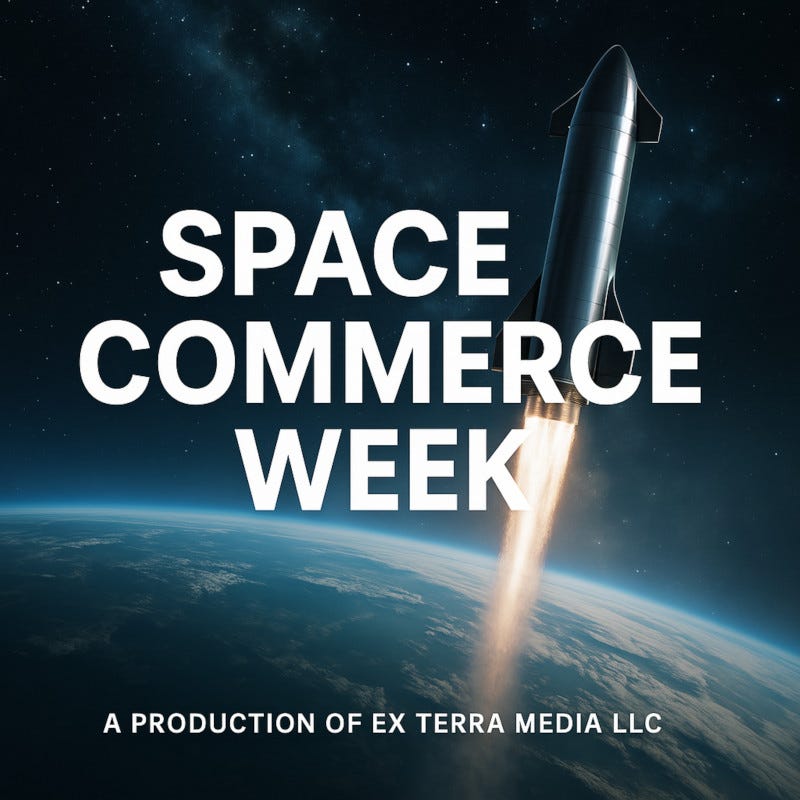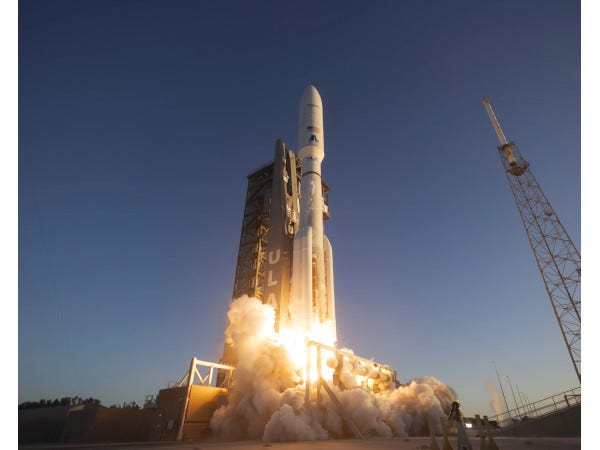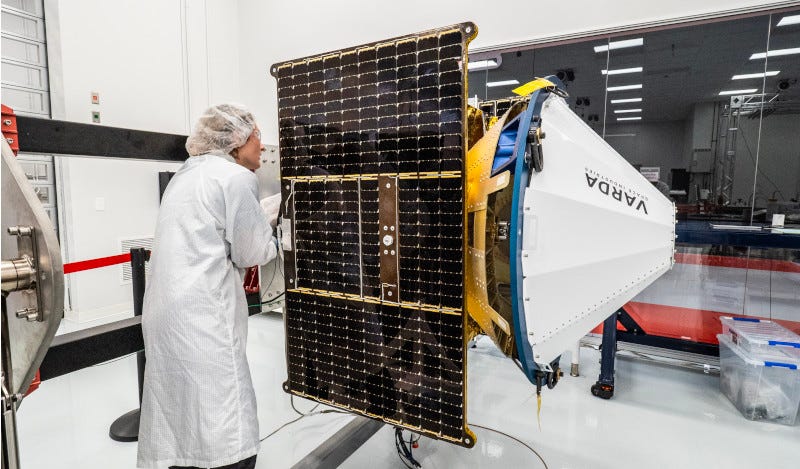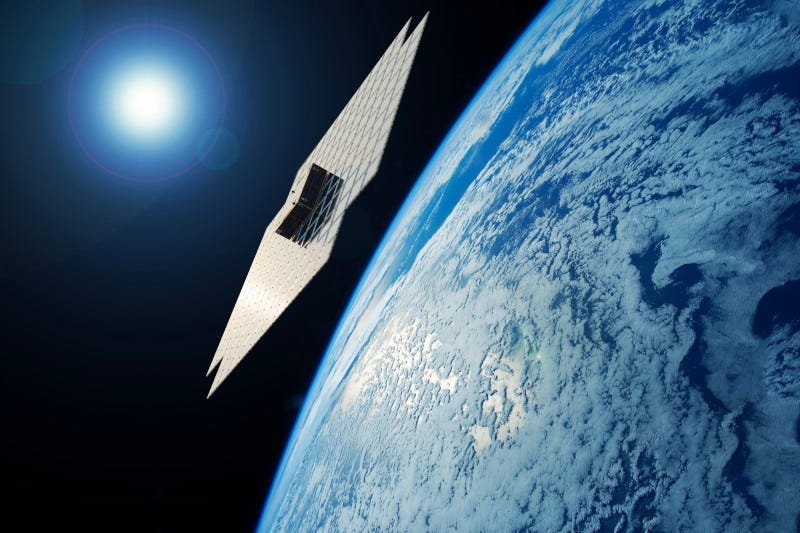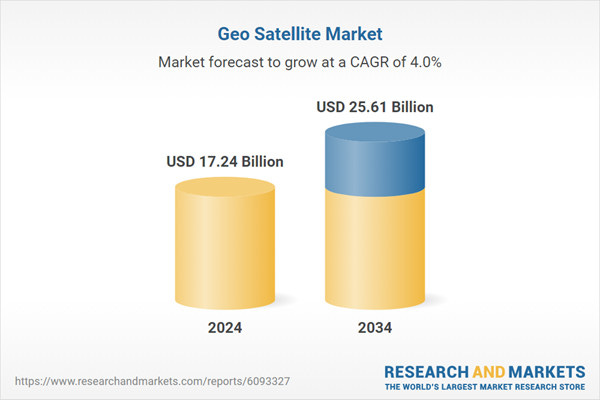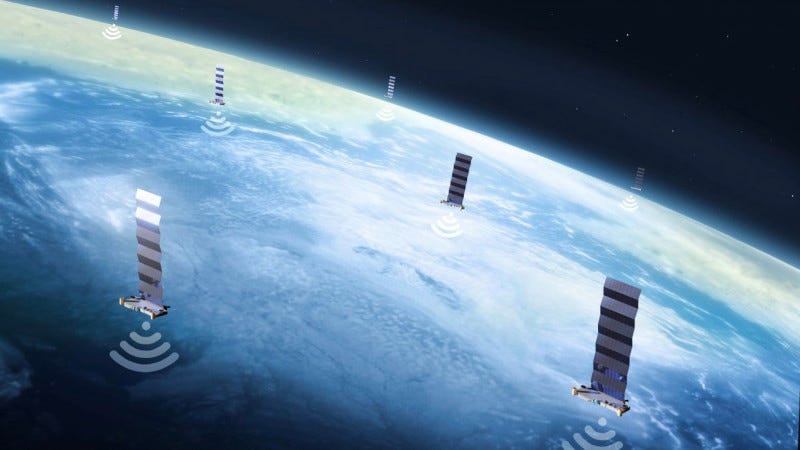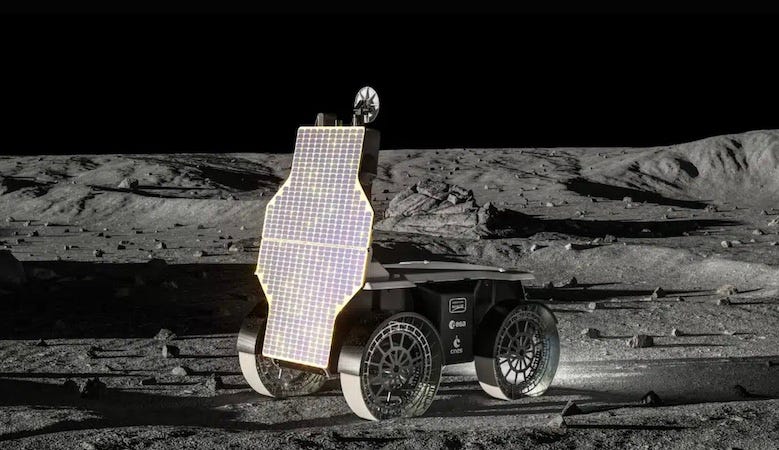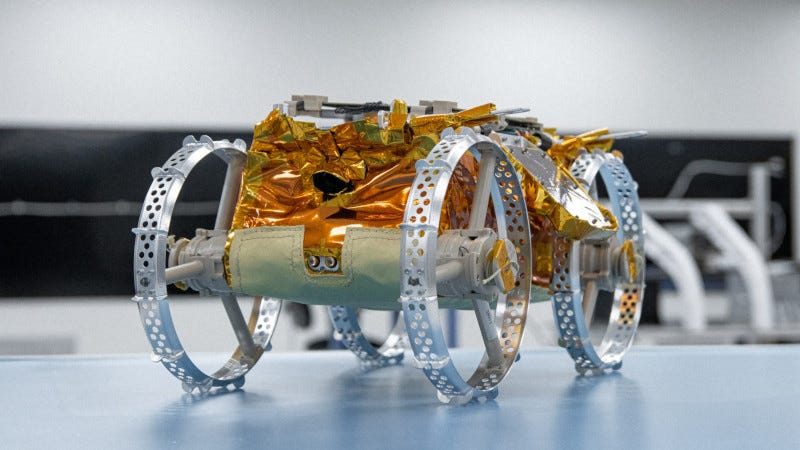Monday was a very busy day for commercial space launch companies, and both coasts saw some launch action this week.
In the early morning hours Monday, SpaceX lofted another 27 Starlink satellites into orbit just before 2:00 am. The launch marked a milestone for the booster that was used. It was the 25th flight for the first stage booster supporting this mission, which previously launched CRS-24, Eutelsat HOTBIRD 13F, OneWeb 1, SES-18 and SES-19, and now 21 Starlink missions.
Later Monday morning, ULA launched the second batch of satellites for Project Kuiper from Launch Complex 41 just before 7:00 am. There are six remaining Kuiper missions on the Atlas V rocket, building up to 38 high-cadence, rapid fire launches on the next-generation Vulcan rocket. ULA will deliver more than half of the Project Kuiper constellation’s 3,200 satellites, through what is recognized as the world’s largest commercial launch agreement.
The action then shifted to the west coast, where SpaceX launched the Transporter-14 mission fron Vandenberg Space Force Base carrying 70 payloads. Those included cubesats, microsats, re-entry capsules, and orbital transfer vehicles carrying three of those payloads to be deployed at a later time. It was the 26th flight for this particular Falcon 9 booster.
But the international crew of the Ax-4 mission had to wait an additional day before beginning their trip to the International Space Station. Axiom-4 had been scheduled for launch earlier this month, but was delayed first by a technical issue with the booster for the mission, and later by a leak in the Russian module of the ISS. They finally got off the ground and on their way to orbit early in the morning on Tuesday. The Ax-4 crew will be aboard the ISS for as long as two weeks carrying out more than 60 scientific experiments.
-0-
In Washington, the FAA has authorized Varda Space to conduct multiple operations of its Winnebago reentry capsule until its current license expires in 2029. Enabling as many missions as an operator wants under one license is a key streamlining element of the Part 450 commercial space launch and reentry licensing rule.
Varda is the first reentry vehicle operator to take full advantage of this feature of the Part 450 rule. As a result of this action, Varda can ramp up its operations confident of regulatory authorization and will have reduced administrative costs. The FAA can focus more on the licensing needs of other launch and reentry operators and bring on new entrants.
The latest Varda mission, W4, launched into orbit aboard the Transporter-14 mission on Monday.
Provided Varda operates under the authorized mission profile and vehicle design, it will no longer need to apply for mission-by-mission license approvals. The FAA encourages other operators to take similar advantage of the benefits that Part 450 offers and has published Advisory Circulars to help operators understand how to succeed in the licensing process.
-0-
Over at the FCC, The Space Bureau has accepted in part for filing an application filed by AST-Science, LLC (AST), known as AST SpaceMobile, for a modification of its license for five satellites. The company also seeks authority to operate a constellation of a total of two hundred forty-eight low-earth orbit non-geostationary orbit (NGSO) satellites.
Specifically, AST requests to operate an additional 243 satellites: 23 deployed at an altitude of 323 miles and 192 deployed at an altitude of 429 miles, both at an inclination of 53 degrees. A further 28 satellites woud be deployed at an altitude of 430 miles with an inclination of 98.1318 degrees.
Interested parties may file comments on or before July 21, and reply comments on or before August 5, 2025.
-0-
Coming up, the progress of two lunar rovers. One brand new, and one pronounced ready for flight. But right now, why not take a minute to become a paid subscriber to The Journal of Space Commerce. Whether you’re a space professional, investor or enthusiast, paid subscribers have first access to premium articles and podcasts focused on the new space economy. Just visit www.exterrajsc.com on Substack, and help keep The Journal of Space Commerce independent as we chronicle, cajole and, when necessary, critique the commercial space industry.
-0-
In market news, the global GEO satellite market reached a value of nearly $17.24 billion in 2024, and is expected to grow to $21.32 billion in 2029 at a compound annual growth rate of 4.34%. The market is then expected to grow at a C-A-G-R of 3.73% from 2029 and reach $25.61 billion in 2034. That's according to a new report from ResearchandMarkets.
Analysts find the market to be highly concentrated, with a large number of small players operating in the market. The top ten competitors in the market accounted for up to 53.9% of the total market in 2023.
The growth will be driven by expansion of satellite-based communication networks, increasing commercial space sector investments, and an increasing need for high-speed internet and 5G technology. Factors negatively affecting growth are satellite congestion and orbital debris and limited private sector involvement.
North America was the largest region in the GEO satellite market, accounting for 47.93% or $8.26 billion of the total in 2024.
-0-
In the 13th edition of the Novaspace "Prospects for Maritime Satellite Communications" report, the space consulting and market intelligence firm assesses the key trends and developments impacting this rapidly growing market.
The report finds that as the number of vessels using satcom services grows to 125,000 by 2034, reliance on GEO capacity will decrease. Vessels are moving their primary bandwidth from GEO to NGSO (Non-Geostationary Satellite Orbit) connectivity.
As addressable market growth accelerates, service revenues could potentially climb to $3.3 billion by 2034.
-0-
MONA LUNA, a 100% European-built lunar rover, was introduced at the Paris Air Show earlier this month. Designed to support the ambitions of the European Space Agency and the French CNES, the vehicle will be built at the Venturi Space facility in Toulouse, France, with the ultimate goal of providing Europe with a lunar-capable rover by 2030.
MONA LUNA is being designed to be carried into space by the Ariane 6.4 launch system and landed on the Moon’s surface by the European Argonaut lunar lander. The rover itself will be equipped with a robotic arm to handle scientific instruments and payloads. It could also be used in an emergency to carry an astronaut in difficulty, as envisaged by ESA and CNES in their feasibility studies.
Venturi Space France will oversee MONA LUNA’s development and space qualification from its base in Toulouse, coordinating every aspect of the process.
-0-
Meanwhile, the shoebox-sized CubeRover-1 has successfully completed its acceptance test campaign, and is now deemed ready for flight to the lunar south pole aboard the Astrobotic Griffin Mission One (Griffin-1).
For this mission, CubeRover-1 will integrate with Mission Control’s 'Spacefarer' software platform, culminating in a joint mission demonstration named BEACON (Benchmark for Engineering and Autonomous Capabilities in Operations and Navigation). During the BEACON mission, Mission Control’s Spacefarer platform will play a mission-critical role in enabling real-time commanding and monitoring of CubeRover-1. This demonstration is made possible in part through funding from the Canadian Space Agency (CSA) under the Lunar Exploration Accelerator Program (LEAP).
CubeRover-1 was also selected by NASA for a SBIR award for a commercial “mobility-as-a-service” demonstration on the Moon.
With the test campaign complete, CubeRover-1 will next be integrated with Astrobotic’s Griffin lunar lander to support Griffin-1’s launch window, which is slated for late 2025.
-0-
And those are some of the top stories we covered for you on The Journal of Space Commerce this week. Space Commerce Week is a production of Ex Terra Media. You can get daily updates on space commerce by subscribing to The Journal of Space Commerce on Substack at www.exterrajsc.com. And please consider becoming a paid subscriber. Whether you’re a space professional, investor or enthusiast, paid subscribers have first access to premium articles and podcasts focused on the new space economy. Just visit www.exterrajsc.com and help keep The Journal of Space Commerce independent as we chronicle, cajole and, when necessary, critique the commercial space industry.
Theme Stock Music provided by CoolTones, from Pond5
You Might have Missed:
New Lunar Imaging Service Unveiled on Elytra Spacecraft
ESA, Dassault Aviation Pave the Way for Potential Collaborations
Alternative Fuel Powers Rotating Detonating Rocket Engine
TRACERS Mission Spacecraft Delivered to Launch Site




